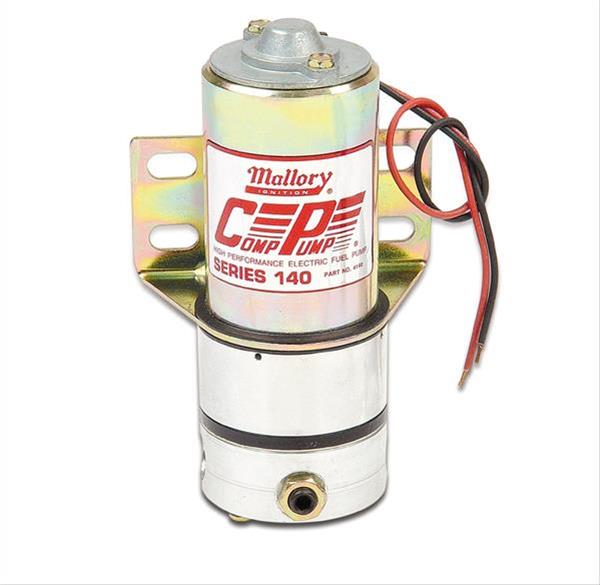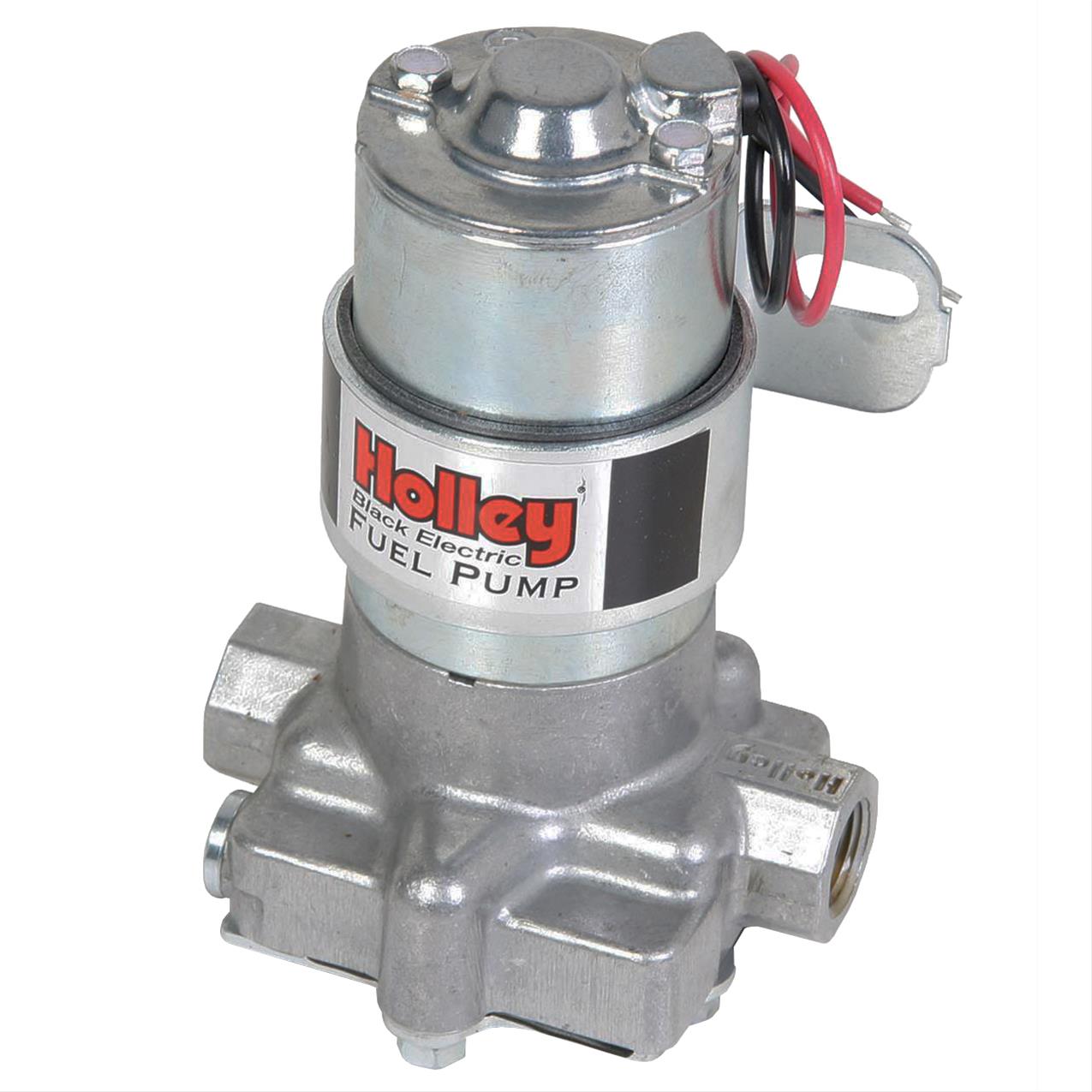Howard Jones
Supporter
The other thing I had alluded to previously was that the shifter was beginning to feel a bit sloppy. I had also noted just how difficult it is to get the cables out of the car. More on that.
The sloppy feeling was really obvious once I had a look at what was going on. The original design of the shifter box looks to me like the designer stopped working on it before he was done. The main front to rear flat shaft is captured at the front with a bearing and shoulder bolt BUT the rear pivot point is only an 8-32 screw through a hole in the hosing and screwed into the end of the main shaft. Come on, really......... well I fixed that and now with a little cleanup of the other pieces of sharp edges it really works very nicely AND it is now officially battleship built!
The fix was to install a captured threaded piece of tubing on the end of the center shaft and then screw a 3/8-24 bolt through a 1/2 inch long bearing tube that supports it and into the threaded tubing in the center shaft. It is backed up with a jam nut so it should never loosen. Good to go.
Now the other thing. To remove a cable from the car the entire cable needs to be unscrewed from the shifter box's threaded tube thingie. What a PIA that is. So..................hack them off and locate the cable conventionally with a tab and hole. Now all that is necessary is to undo the rod ends inside the shifter box and loosen and remove the jam nuts on the cable. They then will pull right out of the car now. Easy peasy.
Sometimes I think production engineers should be forced to take things apart once in a while! It's not ALL about ease of manufacturing and per piece cost. Jeese!
While I was at it I trimmed up a very close-fitting air filter hosing. Plenty of clearance to the bodywork now.
The sloppy feeling was really obvious once I had a look at what was going on. The original design of the shifter box looks to me like the designer stopped working on it before he was done. The main front to rear flat shaft is captured at the front with a bearing and shoulder bolt BUT the rear pivot point is only an 8-32 screw through a hole in the hosing and screwed into the end of the main shaft. Come on, really......... well I fixed that and now with a little cleanup of the other pieces of sharp edges it really works very nicely AND it is now officially battleship built!
The fix was to install a captured threaded piece of tubing on the end of the center shaft and then screw a 3/8-24 bolt through a 1/2 inch long bearing tube that supports it and into the threaded tubing in the center shaft. It is backed up with a jam nut so it should never loosen. Good to go.
Now the other thing. To remove a cable from the car the entire cable needs to be unscrewed from the shifter box's threaded tube thingie. What a PIA that is. So..................hack them off and locate the cable conventionally with a tab and hole. Now all that is necessary is to undo the rod ends inside the shifter box and loosen and remove the jam nuts on the cable. They then will pull right out of the car now. Easy peasy.
Sometimes I think production engineers should be forced to take things apart once in a while! It's not ALL about ease of manufacturing and per piece cost. Jeese!
While I was at it I trimmed up a very close-fitting air filter hosing. Plenty of clearance to the bodywork now.
Attachments
-
 HPIM2540.JPG787.9 KB · Views: 433
HPIM2540.JPG787.9 KB · Views: 433 -
 HPIM2541.JPG830.3 KB · Views: 405
HPIM2541.JPG830.3 KB · Views: 405 -
 HPIM2542.JPG969.1 KB · Views: 377
HPIM2542.JPG969.1 KB · Views: 377 -
 HPIM2545.JPG761.7 KB · Views: 362
HPIM2545.JPG761.7 KB · Views: 362 -
 HPIM2546.JPG689.9 KB · Views: 339
HPIM2546.JPG689.9 KB · Views: 339 -
 HPIM2547.JPG939.4 KB · Views: 348
HPIM2547.JPG939.4 KB · Views: 348 -
 HPIM2548.JPG908.8 KB · Views: 335
HPIM2548.JPG908.8 KB · Views: 335 -
 HPIM2549.JPG848.1 KB · Views: 346
HPIM2549.JPG848.1 KB · Views: 346 -
 HPIM2550.JPG799.5 KB · Views: 362
HPIM2550.JPG799.5 KB · Views: 362
Last edited:




























